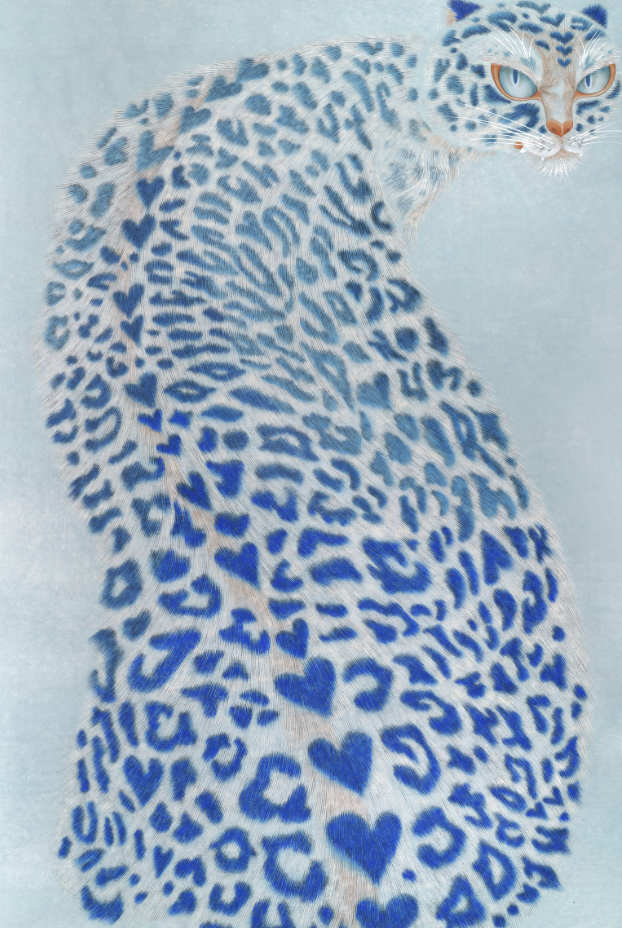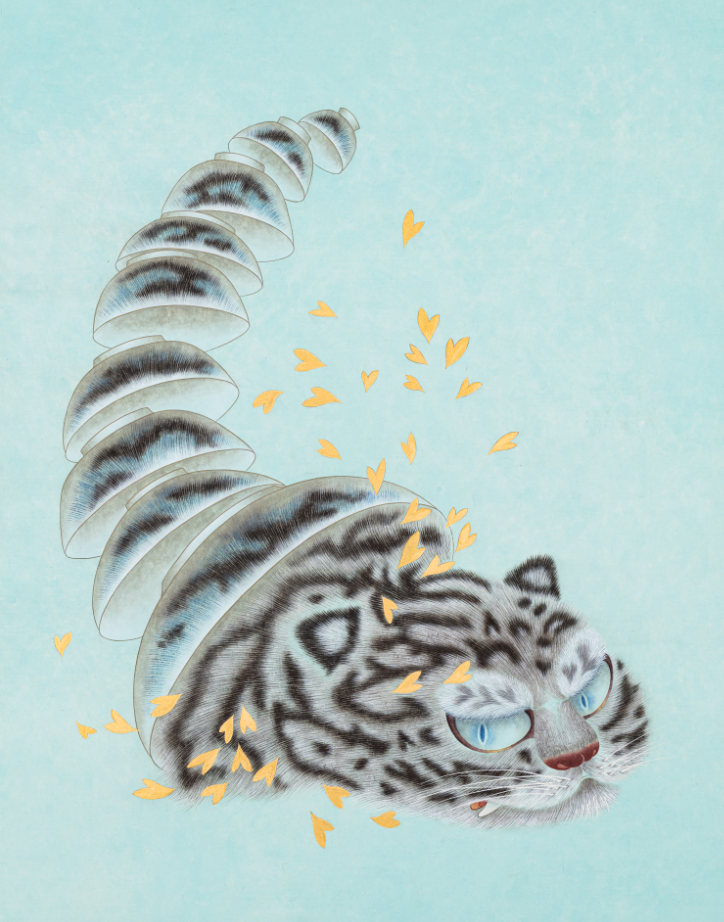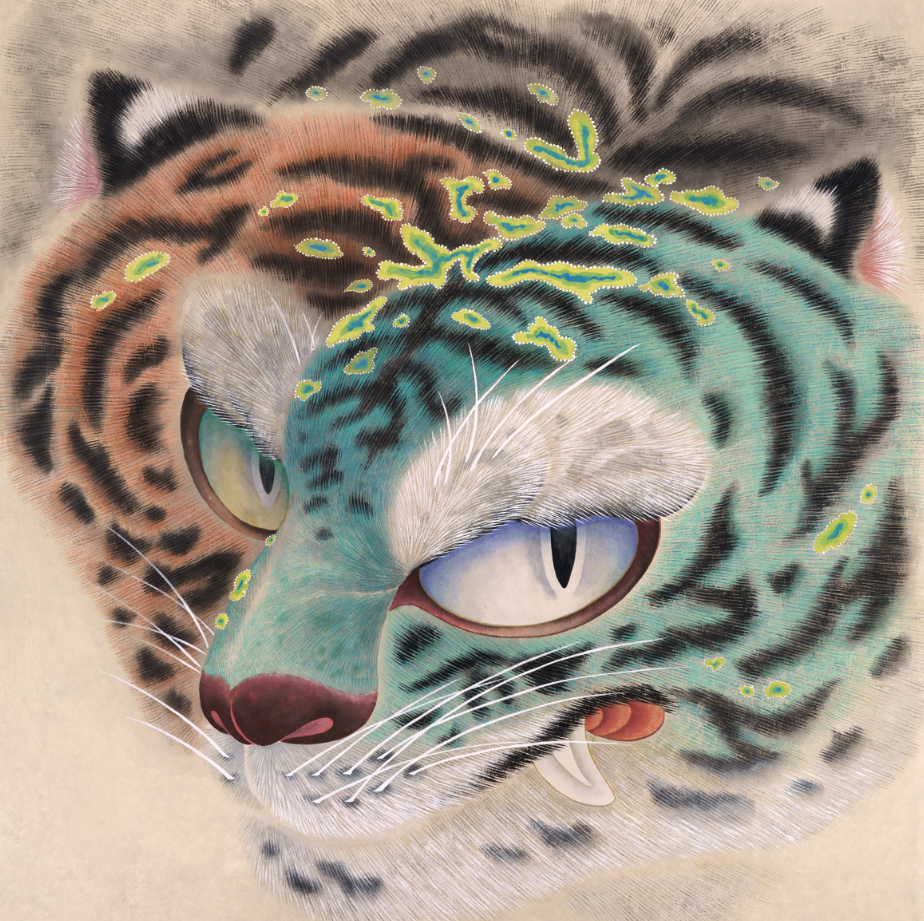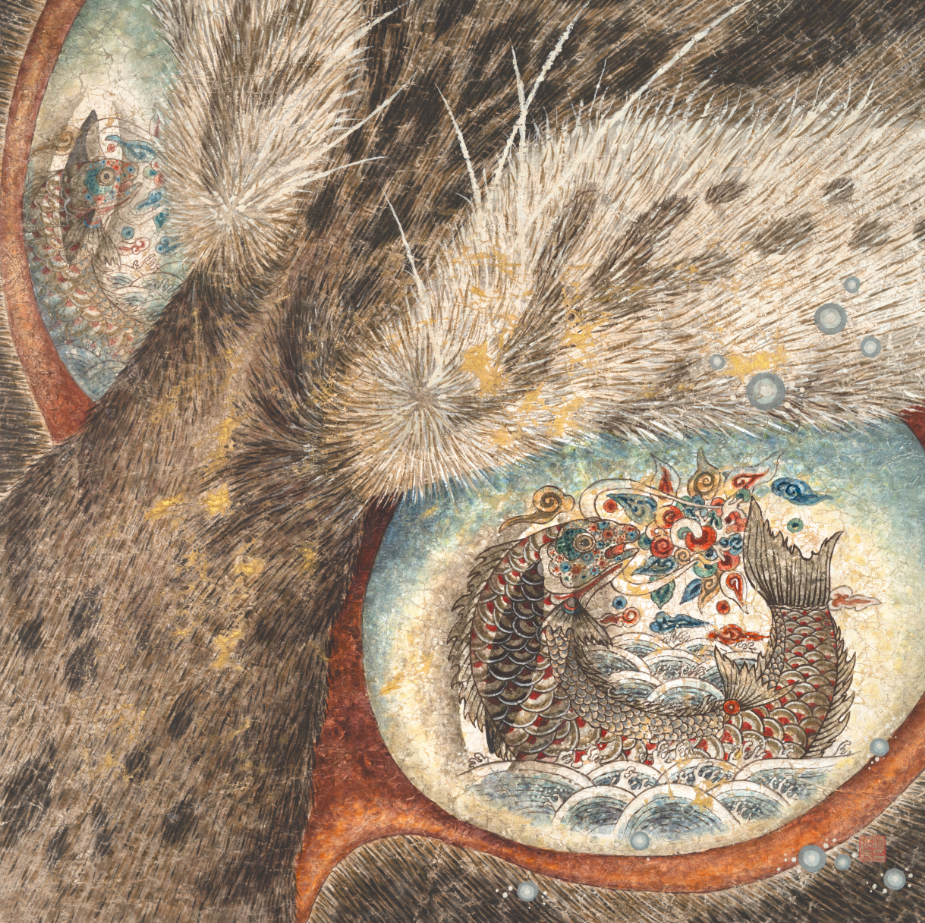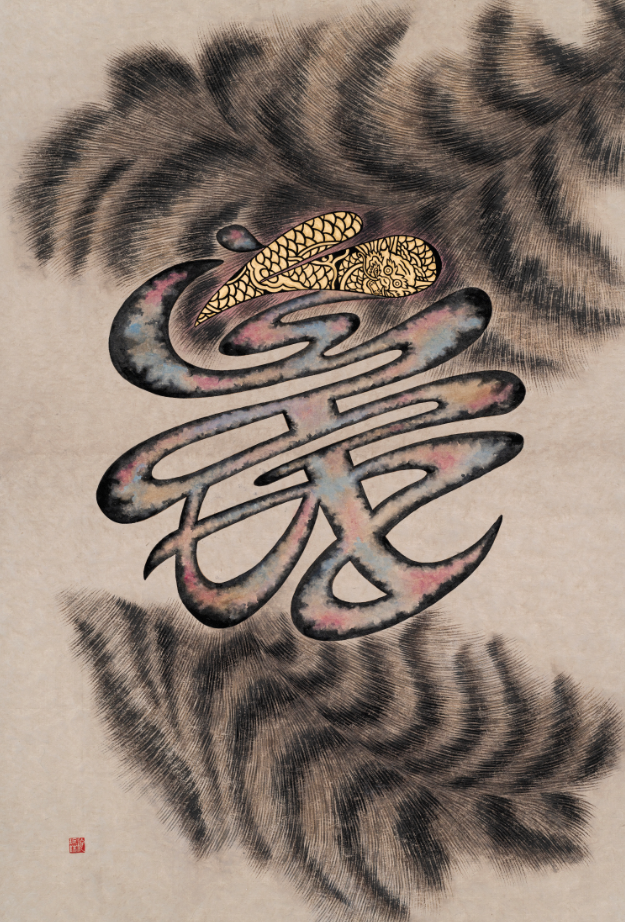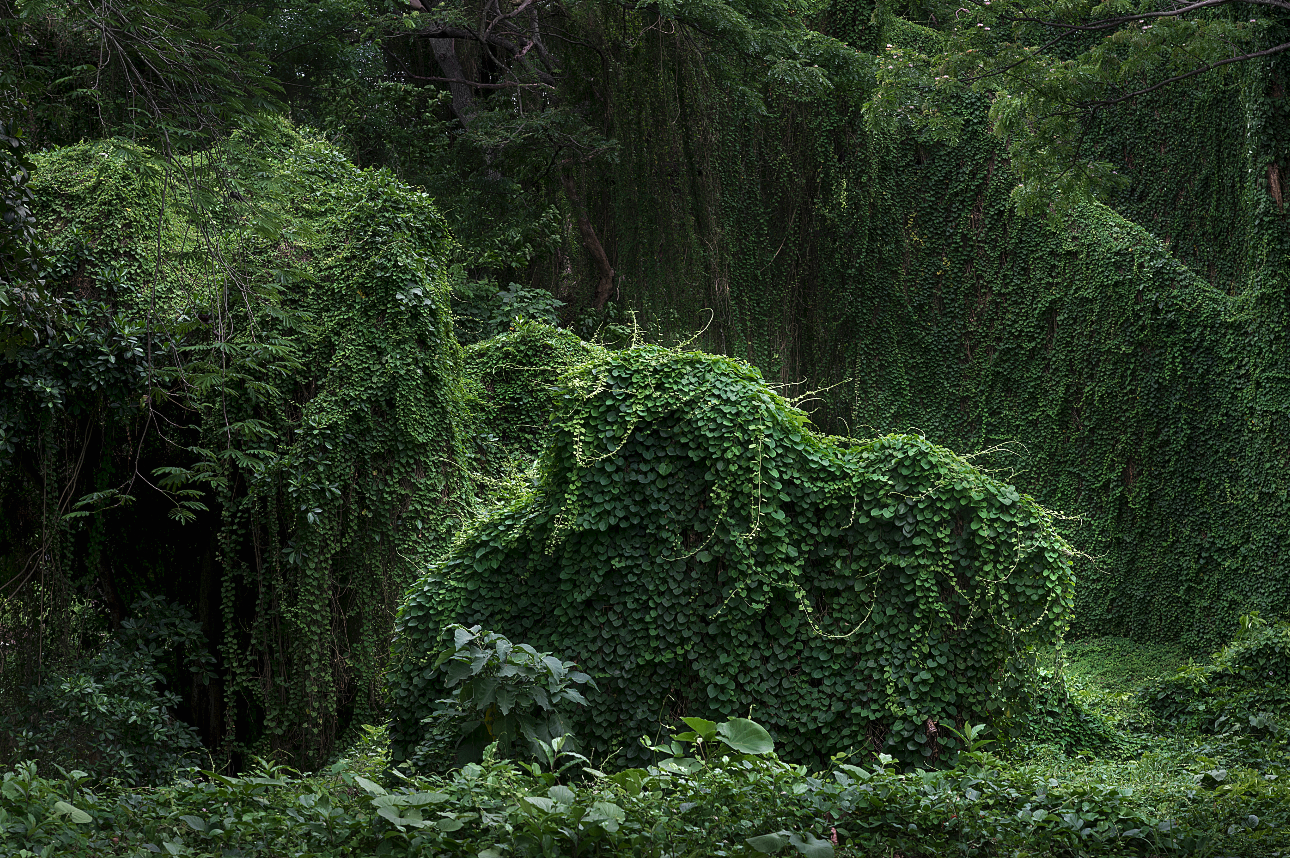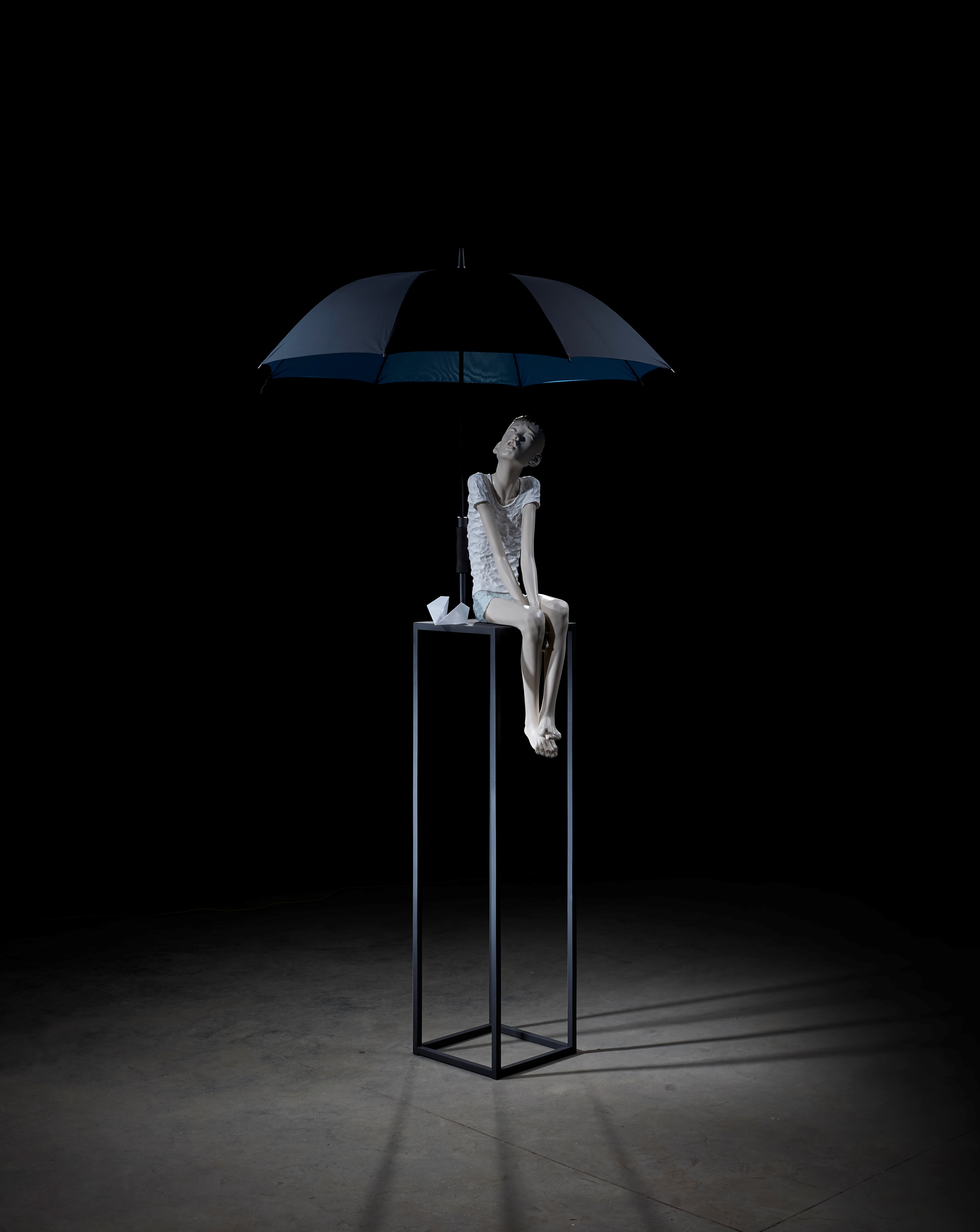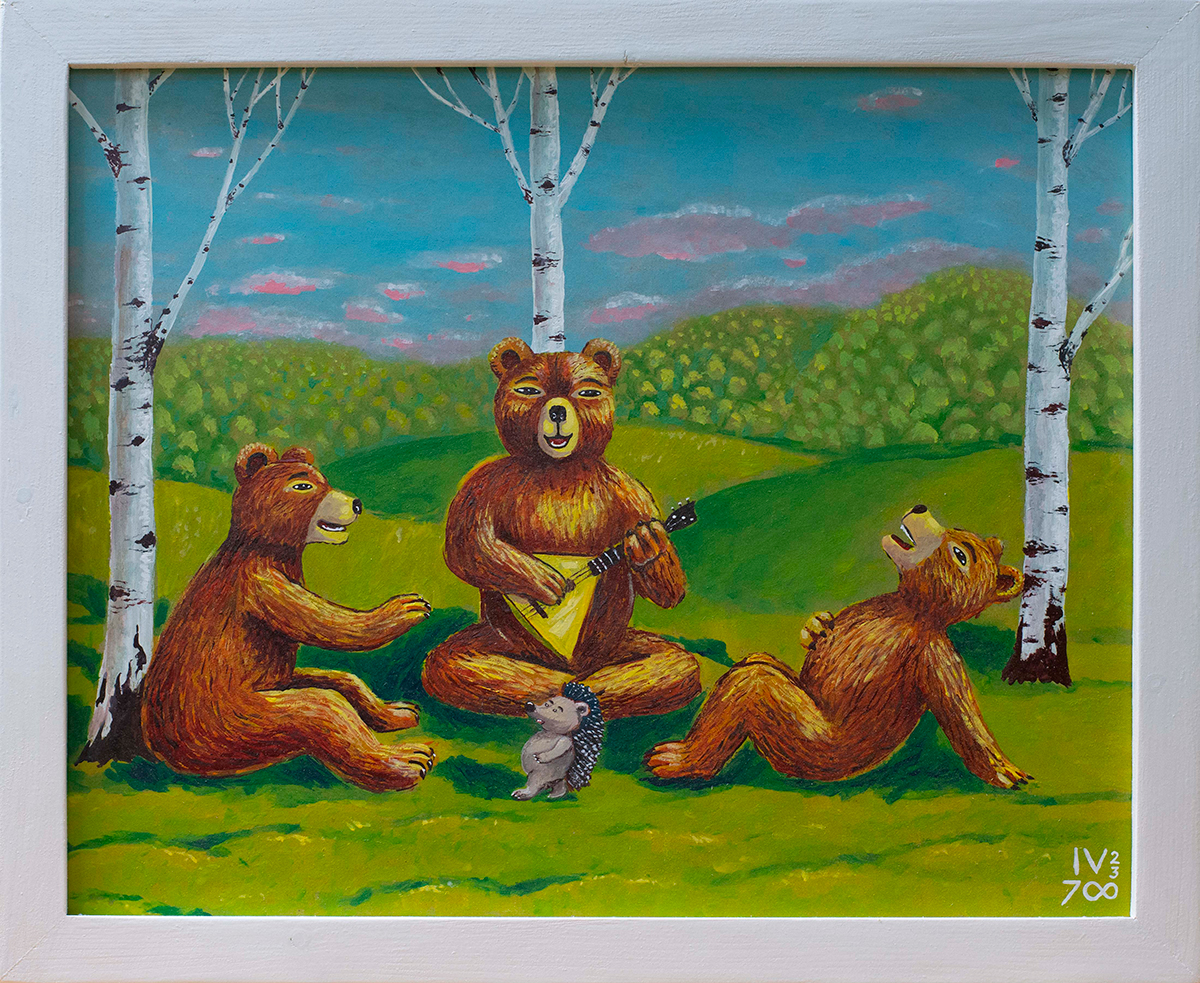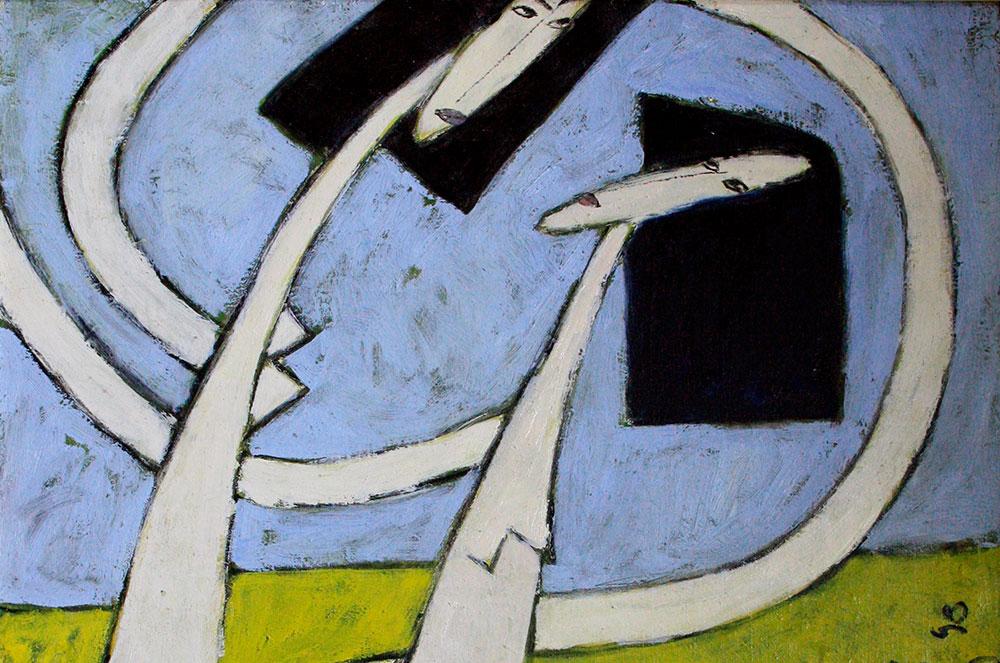Erarta Museum of Contemporary Art presented an exhibition by the South Korea-born artist Ji Minsun recounting tales of love, fear, tenderness, bravery, loneliness, compassion, and life in general
-
A philosophical reflection on the image of the tiger as the central character in Korean folklore
-
A visual projection of the subtle state of the mind between the past and the present, between tradition and personal intuition
-
An artist in whose creative practice the folk painting tradition of Minhwa stays alive and moves on – as gracefully as the tiger
Korea is often referred to as the Land of the Morning Calm, and one hardly needs to travel there to learn why: even the photographs of the country’s landscapes attest to the spiritual dimension of its nature. They reflect a nearly tangible sense of the clear air and the distinct pulse of each new day. That said, Korea has yet another metaphorical name, older and much more obscure: the Land of the Tiger.
Just like the Chinese imperial dragon or the Japanese crane, the Korean tiger, a complex and enigmatic character, has certain symbolic implications. Local folklore depicts it as both formidable and comical, evoking fear and sympathy at the same time. The tiger is believed to protect against evil spirits and simultaneously personifies all the precarious qualities inherent in the human nature.
Rather than illustrating popular narratives, the works of the South Korea-born artist Ji Minsun approach the national emblem from the point of philosophical reflection. The tiger here is not simply a folk character, but more of a spiritual medium – a guide or an intermediary between the viewer and the artist recounting tales of love, fear, tenderness, bravery, loneliness, compassion, and life in general. This exhibition creates a special space vibrating with the vital energy of a mythical creature.
The artist’s creations invite comparisons with the Korean Minhwa popular painting tradition in which every image has an assigned symbolic meaning, with peonies signifying prosperity, lotuses representing purity, and tigers acting as protectors. Largely inspired by Minhwa in her artistic practice, Ji Minsun nevertheless eschews these conventional interpretations, taking apart and reassembling folk art while preserving its spirit. The tigers’ bodies are unnaturally elongated, and for a good reason: in this way, the artist makes them anthropomorphic. This device allows the beasts to resemble not only humans, but also bizarrely shaped vessels overflowing with all kinds of yearnings, leaving room for psychoanalytic interpretations.
The folk painting tradition, shaped by the artist’s impulse, stays alive and moves on – with the grace of a tiger, simultaneously epitomising fear and hope. Meeting it is akin to facing the future and momentarily losing courage, only to make the decision to take another step forward.
Ji Minsun’s Land of the Tiger is not only a spatial metaphor. It is a special state of the mind: between the past and the present, between tradition and personal intuition. Manifest in the intricate feline fur patterns and the eyes gazing through the viewer are memory of the times past and courageous humaneness.
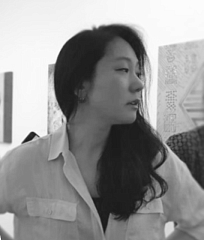
Born in Seoul in 1977, Ji Minsun initially studied design, but eventually turned toward the world of Minhwa, the traditional Korean folk painting. Member of the Korean Fine Arts Association and the Korean Minhwa Association, Minsun currently holds the position of Director at the Korea Minhwa Promotion Association. She is also a lecturer at Kaywon University of Art & Design, Continuing Education Program, and author of Tiger: Practical Guidebook published by Wolgan Minhwa.
Ji Minsun has held several solo exhibitions in Seoul and New York. In 2018, she was invited to present her work at a special exhibition at the Korean Cultural Centre in Budapest, Hungary. In addition to solo shows, she has actively participated in numerous group exhibitions and major Korean art fairs, including BAMA in Busan, sharing her work with diverse audiences both domestically and internationally.
Supported by:


